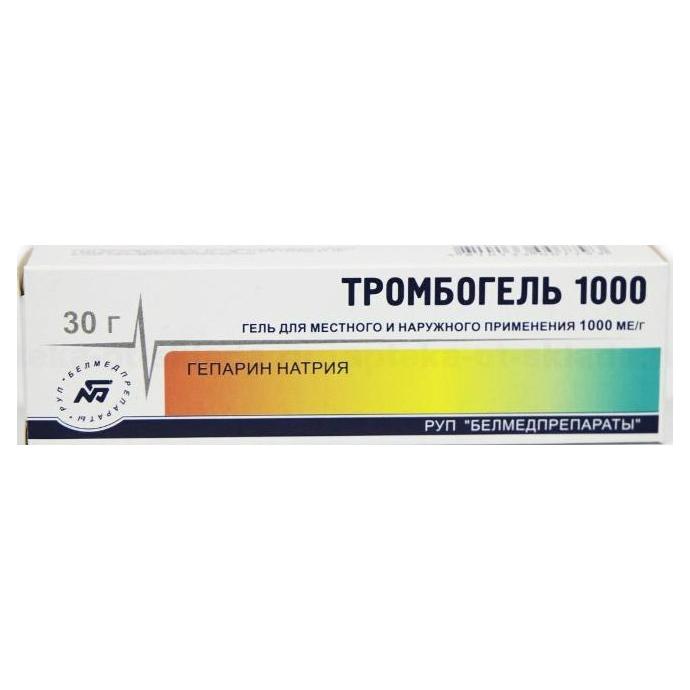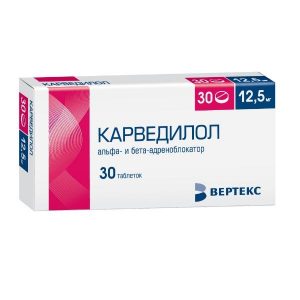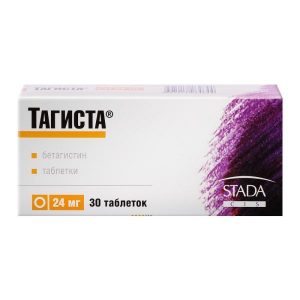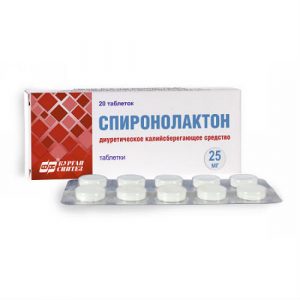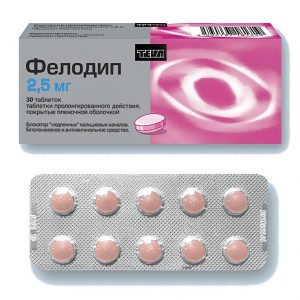Description
Pharmacological action
Direct-acting anticoagulant, refers to the group of medium molecular weight heparins. When applied topically, it has a local antithrombotic, antiexudative, moderate anti-inflammatory effect. It blocks the formation of thrombin, inhibits the activity of hyaluronidase, activates the fibrinolytic properties of blood. Gradually released from the ointment and passing through the skin, heparin reduces the inflammatory process and has an antithrombotic effect, improves microcirculation and activates tissue metabolism, thereby accelerating the resorption of hematomas and blood clots and reducing tissue swelling.
Indications
Prevention and treatment of superficial vein thrombophlebitis, postinjection and postinfusion phlebitis, hemorrhoids (including postpartum), elephantiasis, superficial periphlebitis, lymphangitis, superficial mastitis, localized infiltrates and edema (in trauma and muscle tissue, tendons, joints), subcutaneous hematoma.
Contraindications
Hypersensitivity, ulcerative necrotic processes, traumatic violation of the integrity of the skin.
Special instructions
Do not apply to open wounds, on the mucous membranes, in the presence of purulent processes. The use of ointment is not recommended for deep venous thrombosis.
Side effects
Hyperemia of the skin, allergic reactions.
Drug Interactions
Do not administer locally simultaneously with NSAIDs, tetracyclines, antihistamines.
Storage conditions
In the dark place at a temperature of no higher than 25 ° C.
Keep out of the reach of children.
Expiration
2 years
Dispensing conditions from pharmacies
Without a prescription
dosage form
gel external use
Appointment
Pregnant doctor’s appointment, Vzrosl m, Kormyaschym mothers
Indications
Ushyb , edema after injuries and operations, thrombophlebitis, varicose veins, Hematom
